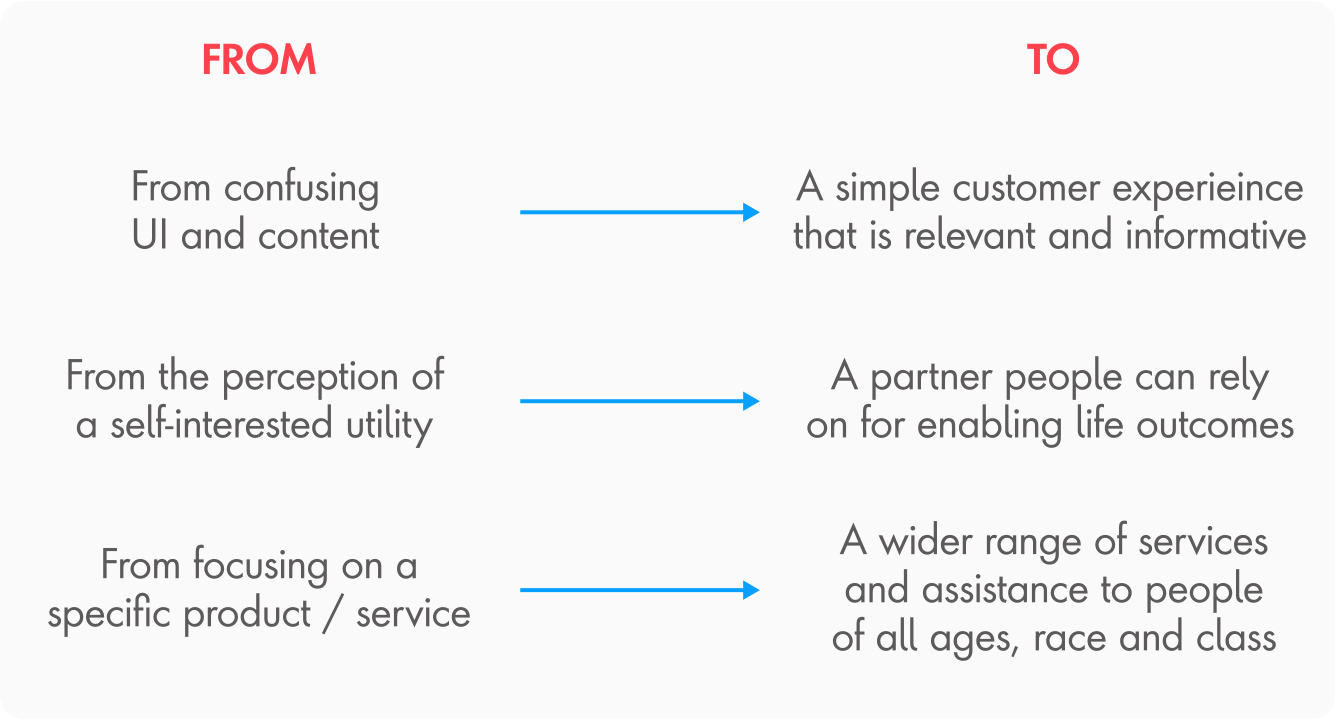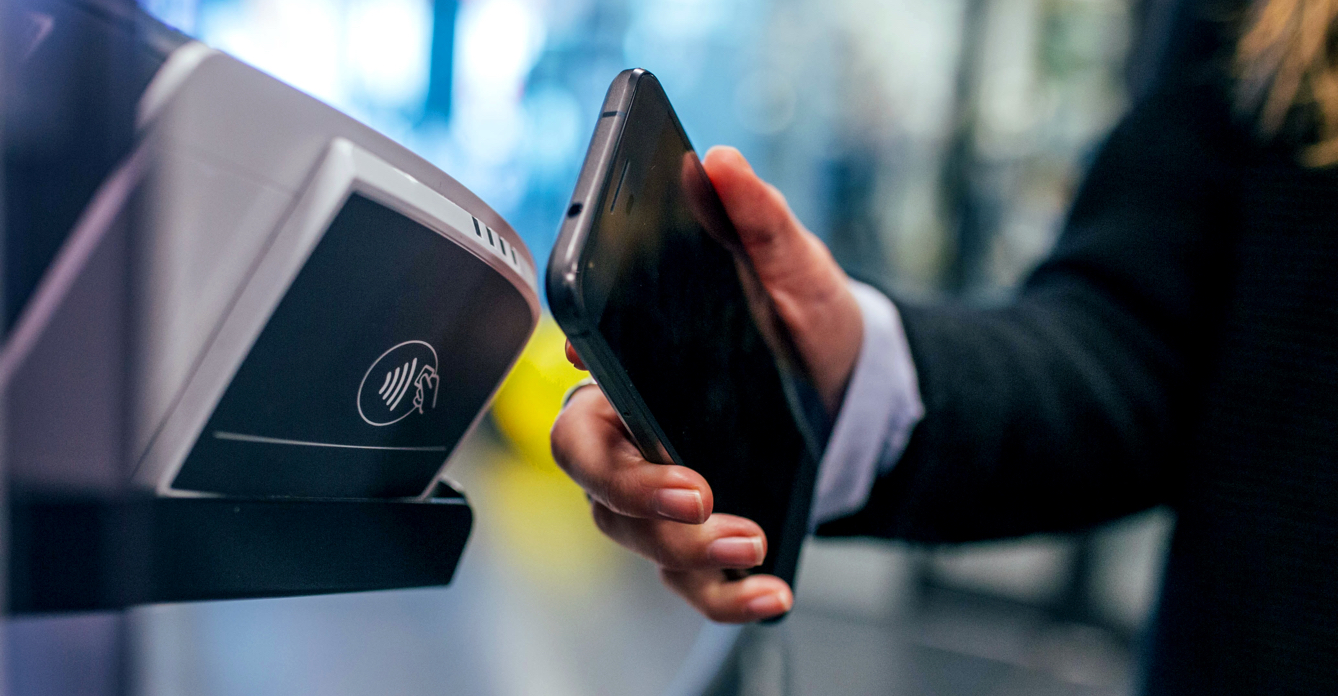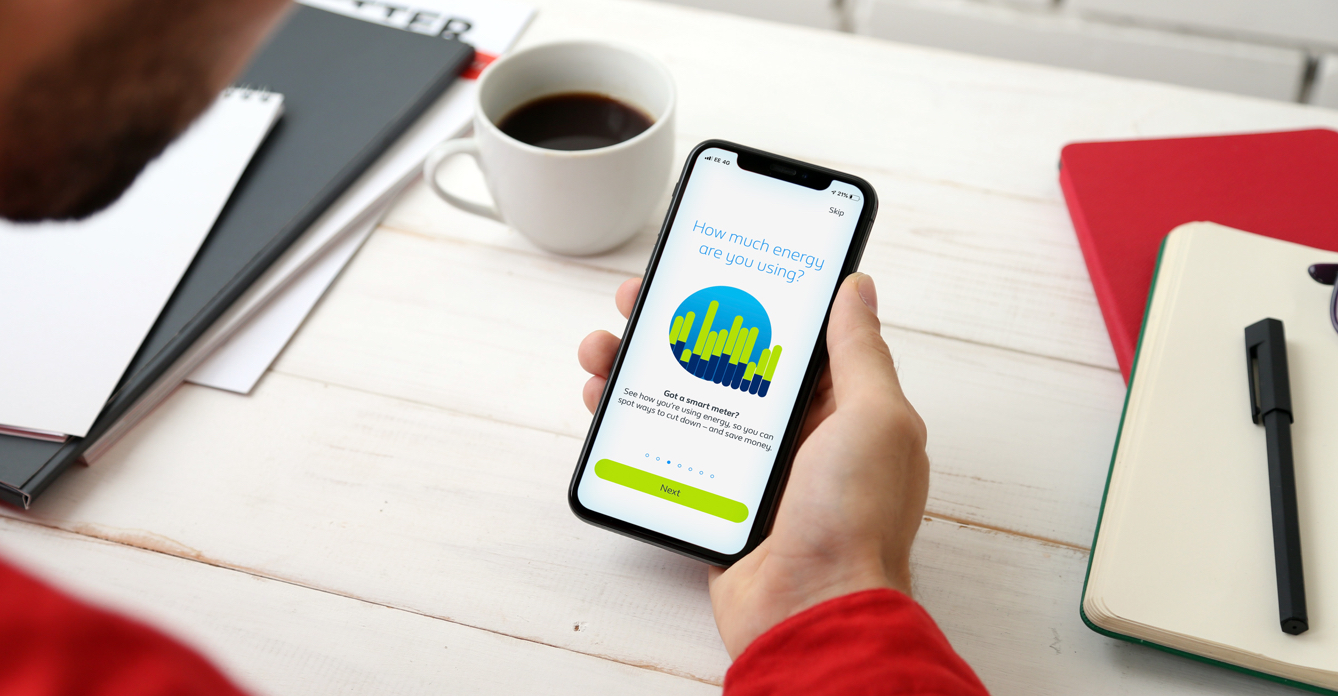Mobile apps, conversational systems like chatbots and social media offer light and proactive two-way communication with customers. Targeted alerts and campaigns through apps can preempt customer queries. Identifying customer needs and vulnerabilities will help determine where and how journeys can be modified and updated, as well as how content should be communicated and displayed across various channels. Internal and external data sources can be leveraged to display contextual and relevant messages. This elevates customer experience from the ordinary to the ethical, helpful and convenient.
Many utilities, especially retailers, still depend on proactive interest from customers or door-to-door salespeople to sell new products. Others continue to have manual processes as part of their customer engagement. Utilities need to shift towards adopting agile marketing processes that leverage CRM and related technologies to execute targeted marketing campaigns that enhance customer value and drive digital customer acquisition. Whether it’s an energy efficiency marketplace, a website to view and shop new products and services or different rate options, utilities will need to take a strategic approach to drive high quality traffic to their website and ensure higher conversion rates. This means building product awareness, integrating third-party data for targeted campaigns, planning re-targeting programs, and developing integrated sales and marketing campaigns. Digital Customer is no longer limited to the front-end interface; rather, it should address needs within the hour and enable lifestyle outcomes for customers.







